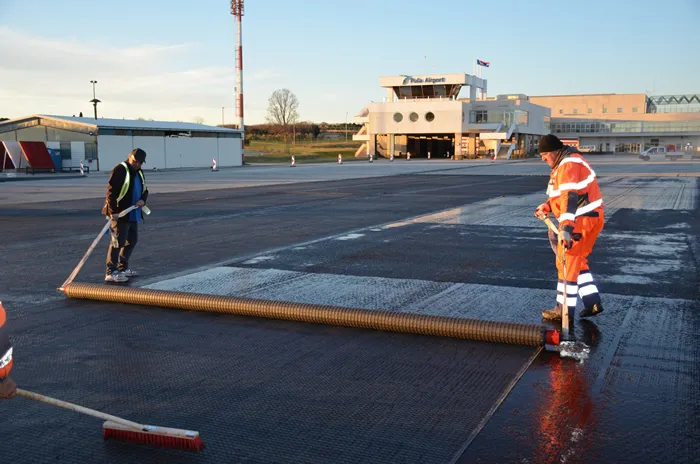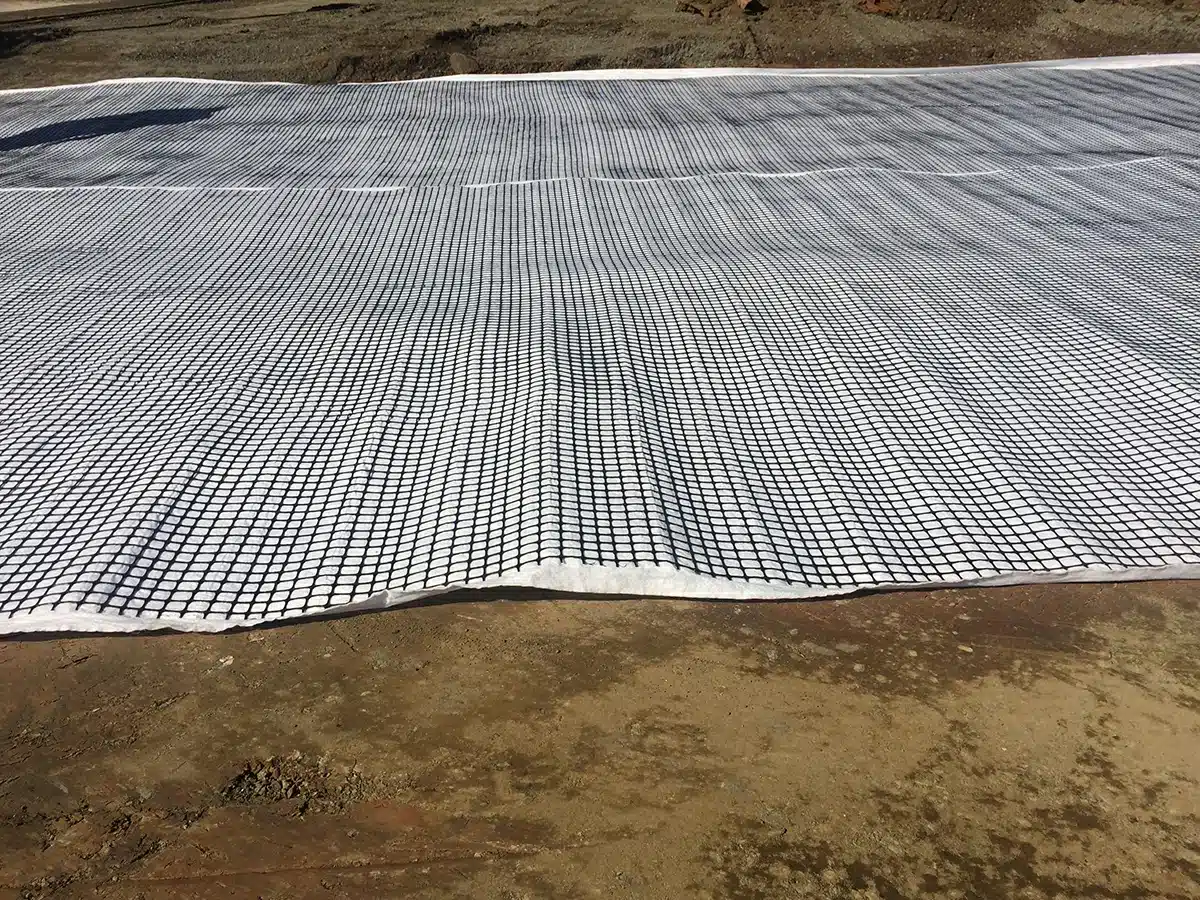+86-159 9860 6917
info@geofantex.com
geofantex@gmail.com
+86-400-8266163-44899
This article delves into the pivotal role of geosynthetics in modern infrastructure development. It explores the various types of geosynthetic materials, their applications, and their significant benefits. By addressing common questions and providing in-depth insights, the article highlights the importance of geosynthetics in ensuring sustainable, durable, and cost-effective construction solutions.

What are geosynthetic materials and how are they used?
Geosynthetic materials are synthetic products made from polymers such as polypropylene, polyester, polyethylene, or other similar materials. They are primarily used in civil engineering and construction projects to enhance the performance of soil, rock, or other geotechnical materials.
Here are some common types of geosynthetic materials and their uses:
- Geotextiles: These are permeable fabrics used to improve soil stability, provide erosion control, aid in drainage, and separate different soil layers. They are often used in road construction, embankments, landfills, and shoreline protection.
- Geomembranes: These are impermeable membranes used as barriers to prevent the passage of fluids, such as water or contaminants. They are commonly used in landfill liners, wastewater treatment facilities, and containment ponds.
- Geogrids: These are grid-like structures made from polymers or metals and used to reinforce soil, especially in retaining walls, slopes, and roadways. Geogrids improve the load-bearing capacity of soil and prevent soil erosion.
- Geocells: These are three-dimensional cellular structures made from interconnected panels or cells. They are filled with soil, aggregate, or concrete and used for slope stabilization, erosion control, and load support in applications such as retaining walls, road construction, and channel lining.
- Geocomposites: These are combinations of two or more geosynthetic materials, such as a geotextile bonded to a geomembrane or a geogrid sandwiched between two geotextiles. Geocomposites offer multiple functions, such as filtration, drainage, and reinforcement, in a single product.
Overall, geosynthetic materials offer engineers and designers versatile solutions to address various challenges in civil engineering, including soil stabilization, erosion control, water management, and environmental protection. Their use can improve the performance, longevity, and sustainability of infrastructure projects.
Why are geosynthetics important?
- Durability and Strength: They enhance the durability and strength of the underlying soil, making structures more robust and long-lasting.
- Cost-Effective: They often provide a more economical solution compared to traditional materials like stone, gravel, and sand.
- Environmental Benefits: Geosynthetics can reduce the environmental impact of construction projects by minimizing the need for natural resources and reducing carbon footprint.
- Versatility: Their wide range of functions and types makes them suitable for a variety of applications in different environmental conditions.
- Innovation in Construction: They represent a shift towards more innovative and efficient construction practices, accommodating challenges like unstable soils, water management, and sustainability.

What are the challenges and considerations in implementing geosynthetics?
Implementing geosynthetics comes with its set of challenges and considerations:
- Technical Knowledge: Proper understanding of the materials and their properties is crucial for effective implementation.
- Site Conditions: The specific conditions of the site, including soil type, weather, and load conditions, must be thoroughly assessed to choose the appropriate geosynthetic.
- Quality and Standards: Ensuring the quality and adherence to standards of geosynthetic materials is vital for the success and longevity of the project.
- Installation: Incorrect installation can lead to failures. Skilled professionals must handle the installation of geosynthetic materials.
- Long-Term Performance: Understanding the long-term behavior of these materials, including their interaction with the environment and potential degradation, is important for ensuring lasting infrastructure.
How is the future of geosynthetics shaping the infrastructure industry?
The future of geosynthetics in the infrastructure industry looks promising due to several evolving trends:
- Innovation and Development: Continuous research is leading to the development of new geosynthetic products with enhanced capabilities and environmental benefits.
- Sustainability Focus: As the focus on sustainable construction grows, geosynthetics are becoming more crucial due to their ability to reduce environmental impact.
- Regulatory Support: Increasing regulations and standards supporting sustainable and resilient infrastructure are likely to boost the use of geosynthetics.
- Global Infrastructure Demand: With rising global infrastructure needs, especially in developing countries, geosynthetics offer a viable solution to meet these demands efficiently and effectively.
- Integration with Other Technologies: The integration of geosynthetics with other innovative technologies like geospatial analysis, IoT, and smart construction techniques is expanding their application and effectiveness.
In conclusion, geosynthetics play a transformative role in modern infrastructure, offering solutions that are not only cost-effective and durable but also environmentally friendly. As the industry continues to evolve, the importance of understanding and utilizing geosynthetics in construction projects becomes increasingly significant for engineers, architects, and all stakeholders involved in the creation of sustainable infrastructure.



Get Free Sample
We’ll respond as soon as possible(within 12 hours)






















